Last Updated on May 29, 2024
INTRO: What do you call those spirit boards that are used to communicate with the dead? Many call them wee-gee boards, while others say wee-juh. For certain horror fans, the reason they use the Ouija pronunciation is because the 1986 film Witchboard (watch it HERE) told them that’s how to say it. Those same people have imagery of things like hammer hatchets, a seriously troubled Tawny Kitaen, a mystic called Zarabeth, and a creepy guy named Malfeitor stuck in their minds. That’s because Witchboard is one of those movies that sticks with you after you’ve seen it. And if you haven’t, it’s the Best Horror Movie You Never Saw.
CREATORS / CAST: The feature debut of writer/director Kevin Tenney, Witchboard stars Todd Allen and Tawny Kitaen as Jim and Linda. This young couple has been together for around two years. They live in a Victorian mansion that has been converted into apartments, and their landlady is played by Rose Marie from The Dick Van Dyke Show. You might have seen this mansion in movies like Waxwork, the original Willard, and Elvira: Mistress of the Dark, among others. One night Jim and Linda have a party, and Linda’s ex Brandon – played by Stephen Nichols – brings his Ouija board over so he can show it off. Brandon uses this board to communicate with spirits regularly. One he talks to often is the spirit of a ten-year-old boy named David, who died thirty years earlier. Intrigued, Linda agrees to use the board with Brandon. After briefly talking to a spirit who pretends to be David, they manage to contact the real deal. Linda suspects that she’s pregnant, so when David confirms that reincarnation is real – and that spirits choose their new parents – she’s hooked. Brandon forgets to take the Ouija board when he leaves, and Linda starts using it to talk to David by herself.
That’s a huge mistake, because a person is more susceptible to being manipulated by spirits when using the board alone. The wrong spirit will take advantage of this. They’ll act nice and helpful, get the person addicted to communicating with them. Then they’ll change; they’ll start terrorizing the person, breaking down their resistance. Finally, they’ll possess them. This is called progressive entrapment, and Linda has fallen into it. This is obvious from her change in demeanor; she becomes tense, unable to sleep, starts swearing. Jim chalks it up her pregnancy, but Brandon knows there’s something else going on. He brings in the medium Zarabeth, played by Kathleen Wilhoite, to deal with David. He also begins to suspect that David wasn’t honest about who he was.
Jim and Brandon have to work together to figure out what’s going on with Linda, which they find difficult to do. Formerly best friends, they no longer get along because Brandon isn’t happy that Jim is with his ex. He doesn’t think Jim’s good enough for Linda. But they try to put aside their differences to save the woman they both love. Their search introduces a man named Carlos Malfeitor into the story… and the closer they get to solving this mystery, the more people get killed by the spirit that’s targeting Linda.
BACKGROUND: Witchboard wasn’t only the first movie Tenney made, this was also the first feature screenplay he had ever written. He was a film student at the University of Southern California at the time, and actually wrote it for a class assignment. It’s interesting that he chose to write this sort of story, because he wasn’t really a horror fan at that time. He had only seen a handful of horror movies in his life. But he had lived in a Victorian mansion that had been converted into apartments. A friend of his had brought a Ouija board to one of his parties. And this friend said that at a different party, someone had angered the spirit he was talking to. The spirit retaliated by blowing out a tire on the person’s vehicle. This same thing happens in the movie, when Jim insults David during the party scene. Tenney thought a spirit being offended while communicating with partiers through a Ouija board would be a great starting point for a story. And while doing research on Ouija boards, he discovered the concept of progressive entrapment. Witchboard was born.
Tenney and his classmate Gerald Geoffray were able to get the script into the hands of a man named Walter Josten, who worked in commodities. He was blown away when he read it. And not just because it happened to be the first script he had ever read. Tenney had written it so well, Josten could envision the movie while reading every page. He thought he could get this movie made – and he did. He secured a million dollar budget and Tenney left film school so he could direct the movie. Gerald Geoffray is credited as the producer on Witchboard, while Walter Josten receives an executive producer credit.
Tenney had originally thought of casting his friend James W. Quinn in the role of Jim, but ended up moving Quinn over to the role of Jim’s wisecracking buddy Lloyd. Who happens to be the first character to get killed. The actors who were cast in the lead roles weren’t well known at the time, although Kitaen had been in Bachelor Party. They all had some experience. At one point during the casting process, Tenney came close to casting Deborah Foreman of Valley Girl and April Fool’s Day as Linda. The problem was, Foreman wanted top billing, and that had already been promised to Todd Allen. So Kitaen got the job because she got along with the line producer and the guys in the production office were enamored with her. Luckily, Kitaen and Nichols both ended up becoming quite popular right around the time Witchboard was being released. Nichols landed a role on Days of Our Lives, while Kitaen became known as “the girl in the Whitesnake videos”. She wasn’t dating Whitesnake singer David Coverdale at the time of filming, but she was dating O.J. Simpson. Simpson would come around the Witchboard set on occasion – and Tenney says he would give a fake name when trying to contact Kitaen. He was newly married and this was supposed to be a secret affair. Everyone working on Witchboard seemed to know about it anyway.
Once filming wrapped, the project entered a long post-production phase. First Tenney had to whittle the one hundred and eighty minute first cut down to the final ninety-eight minute running time. To do so, he removed an unnecessary subplot about an ex of Jim’s who had committed suicide. He also had to make some tough decisions – like cutting down the role of Rose Marie, who was the most popular cast member during filming. He even removed an opening sequence that would have shown David’s death in a boating accident, complete with a large explosion. It sounds crazy, a million dollar movie cutting out its explosion. But Tenney knew it was better for the story and the pace to jump right into the party scene with the Ouija board.
A year went by while Tenney and the producers did test screenings and searched for a distributor. There were false starts along the way because some potential distributors ran into financial issues. For one distributor screening that was held in Times Square, the filmmakers invited people off the street to sit in the audience. That way the distributors could see how the average movie-goer would react to it. Tenney worried that he had been so focused on the dramatic side of the story, the characters and the acting, that he had forgotten to make the movie scary. But then he got to witness an audience jumping and screaming at all the right moments, proving he had made a properly scary movie.
During the year the project spent in limbo, Witchboard underwent a title change – because Witchboard was not the original title. Tenney wrote and filmed the movie under the title Ouija, but then an insurance company warned him he might not be able to use that title. Ouija is a registered trademark of Hasbro, and Tenney didn’t want to deal with any legal issues. He chose the new title from a line of dialogue where Brandon explained that Ouija boards are also called “witchboards”. Unfortunately, he had already cut that line by the time the title was changed, so “witchboard” is never actually said in the movie.
That didn’t stop Witchboard from getting its distribution deals. The Samuel Goldwyn Company acquired the foreign distribution rights while Cinema Group released the film in the United States. Witchboard got a limited release in fifteen locations on December 31, 1986. It did well enough in those places that it expanded to a wider release on Friday, May 13th, 1987. By the end of its theatrical run, it had made around eight to ten times its budget at the box office. It received some good reviews, and even got positive attention from Stephen King. When it reached home video, eighty thousand copies of the VHS were sold. The movie ranked number eighteen on Billboard’s list of the top forty video rentals of the year.
Having made a successful movie, Gerald Geoffray and Walter Josten decided to continue working in the film production business together. Tenney went back and finished his film school education, and then chose to direct Night of the Demons as his second film. That one was also a success, and a lot of horror fans make sure to watch it every October, since it’s set on Halloween. It was after Night of the Demons, when he was now a two-time horror filmmaker, that Tenney decided to expand his knowledge of the genre. And actually came to appreciate it. He has made several more horror movies over the decades since – including writing and directing Witchboard 2 in 1993 and writing Witchboard III: The Possession in 1995.
WHAT MAKES IT GREAT: In an interview he gave when the first Witchboard was being released, Tenney said, “Most horror movies have characters that do everything wrong, which puts the audience at a distance. Viewers develop the attitude of ‘I’d never do anything that stupid.’ I make my characters do everything right and they still get killed. That’s actually scarier.”
His dedication to making sure his characters were smart people with depth is a big reason why the movie works so well. Jim, Linda, and Brandon have an interesting dramatic story going on to begin with. That gives the film a strong emotional center for Tenney to build the horror story around… and he came up with a great one. The scenes of spirits communicating from the afterlife are legitimately unnerving. The mystery of who Linda is truly in contact with is intriguing. And there are some very effective jump scare moments.
All of the actors did great work in their roles, making you care about the characters. You want to see them get through this situation without being harmed. Even Brandon, who seems insufferable at first, becomes likeable. That’s due the performance of the actor and the writing that lets us see the reasons why everyone behaves the way they do. Even characters like Lloyd and Zarabeth, who aren’t around for many scenes, make a strong impression. You want them to stick around longer.
The script Tenney wrote is so good, it’s shocking that it was his first one. He also did an incredible job directing his first film. He had a great vision for it, with interesting shots that were influenced by his appreciation for Alfred Hitchcock movies. Tenney said he was always a big fan of Hitchcock’s fancy camera shots. So he packed some stunning ones into his own movie. There are multiple crane shots, even a spinning crane shot, and spirit P.O.V. moments where we drift through locations. The most jaw-dropping shot of all comes when the camera falls out a window with one of the characters. It’s very impressive that all of this could be accomplished on a relatively low budget indie like this.
According to Tenney, one potential distributor was even put off by the camera work. The guy said, “You call this a horror film? This is Hitchcock!” And he meant it as an insult. Tenney achieved those shots with cinematographer Roy H. Wagner. It’s no surprise that Wagner went from this to shooting the high profile horror movie A Nightmare on Elm Street 3: Dream Warriors. He earned it. Just look at the scene where Jim and Brandon visit a fog-shrouded cemetery. That’s some excellent horror imagery.
Witchboard has an unsettling atmosphere throughout, a feeling of building dread. This is enhanced by the score composed by Tenney’s brother Dennis. Dennis also teamed up with the band Steel Breeze to bring us the end credits song “Bump in the Night”. A song that might have you sitting through the credits repeatedly.
One clever, subliminal way Tenney puts the viewer on edge is by having the design of the Ouija board change. Depending on the tone of the scene it’s being used in, the board has different images on it. During nicer interactions, it’s topped with an angel and a smiling crescent moon. When the spirit is more sinister, the angel’s wings are replaced by demonic bat wings and the moon has an evil grin. Many viewers don’t even consciously notice this until it has been pointed out to them.
BEST SCENE(S): One of the best scares involves an actor we haven’t mentioned yet. J.P. Luebsen. Luebsen didn’t intend to be in Witchboard, he was a still photographer who was interested in being the movie’s second assistant director. But when Tenney saw him, he was inspired to cast him as Carlos Malfeitor. A man who was evil when he was alive… and is still evil now that he’s dead. Tenney felt Luebsen had the right look for Malfeitor, and had a prosthetic forehead put on him to make him look even creepier. At one point in the movie, Linda has a nightmare where Malfeitor appears out of nowhere and chops her head off with an axe. Not only has that moment scared a lot of viewers over the years, it even frightened Kitaen so badly that she found it difficult to watch. She told Scream Factory, quote, “I did that scene. I was there, I know how that was done. And still to this day, if I see it … it scares the living hell out of me. It really, really does.”
There are several shocking bursts of terror like that in the movie. Tenney did a great job of building up to those moments. He puts the viewer on edge, waiting for the scare. A great example of this is a scene where Jim and Brandon go to the lake where David died. They have a Ouija board with them, of course, to communicate with the spirit. We watch this conversation, hanging on the spirit’s every slowly spelled out word. Knowing that something terrible is about to happen. And it does.
There are wonderfully executed scenes of horror and equally great dramatic scenes. Your favorite moment may be the Malfeitor nightmare. Or the scene where Jim and Brandon finally discuss the issues they have with each other. Or maybe your favorite moment will involve the high-energy, irreverent Zarabeth. Whatever the tone of the scene, Witchboard is a well-crafted film in every way.
PARTING SHOT: The movie has a solid cult following, but it still feels like it doesn’t get quite as much attention and appreciation as it should. And neither does Tenney. The director who gave us Witchboard and Night of the Demons hasn’t made a movie in over a decade. He hasn’t even been able to raise funding for a new Night of the Demons sequel. It’s a shame, because we have gotten some great Tenney movies over the years and we need some more. With Witchboard, he showed the promise of being a master of horror – a genre he wasn’t even a fan of yet. His first feature is a classic that deserves to be mentioned alongside the other classic horror movies of the ‘80s.
Some previous episodes of the Best Horror Movie You Never Saw series can be seen below. To see more, and to check out some of our other shows, head over to the JoBlo Horror Originals YouTube channel – and subscribe while you’re there!







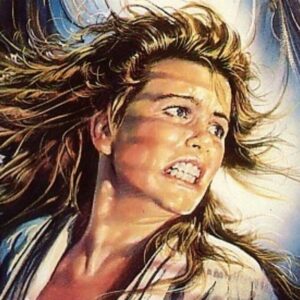
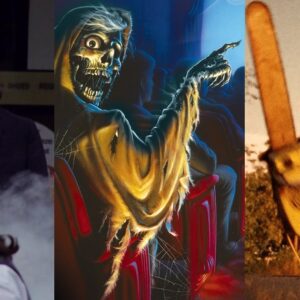
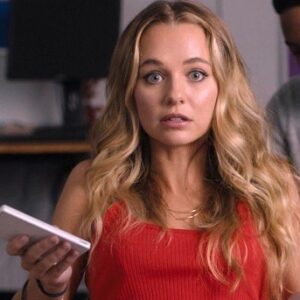
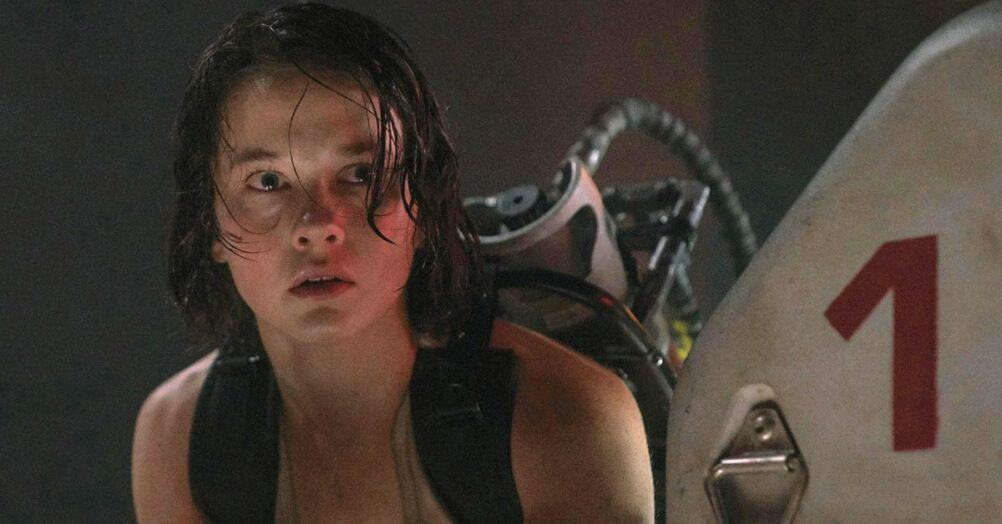


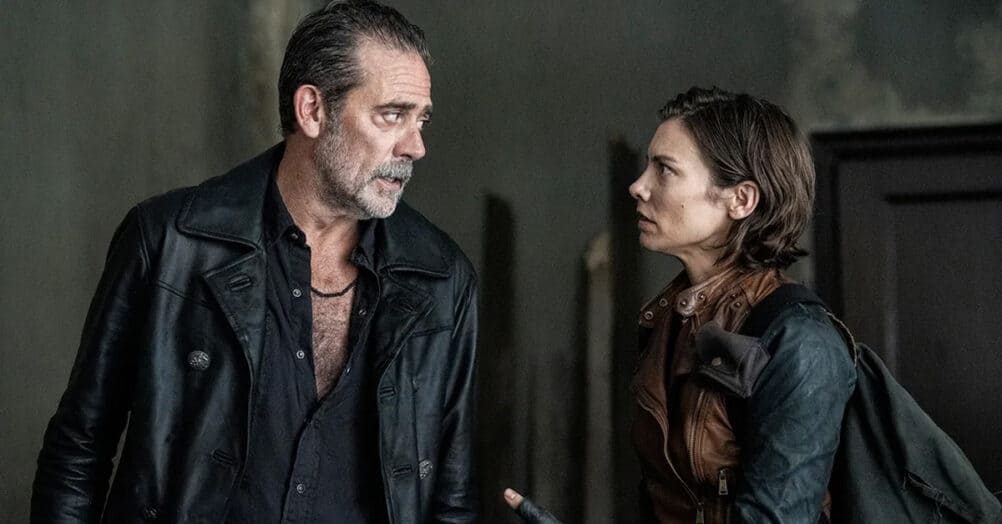
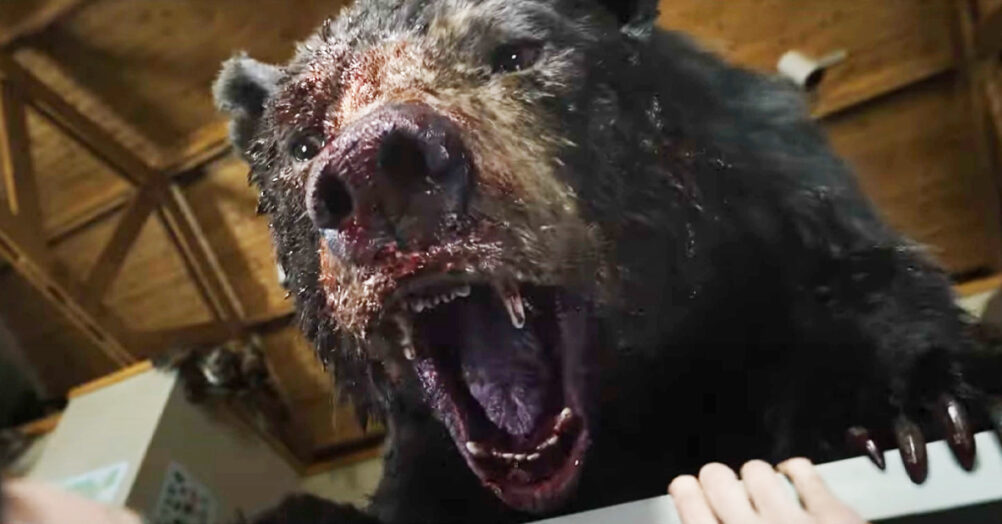

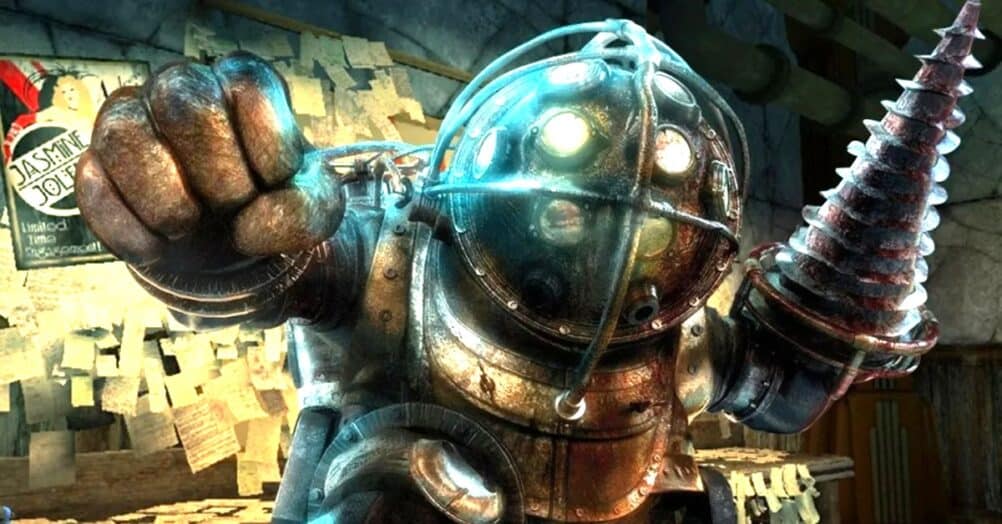
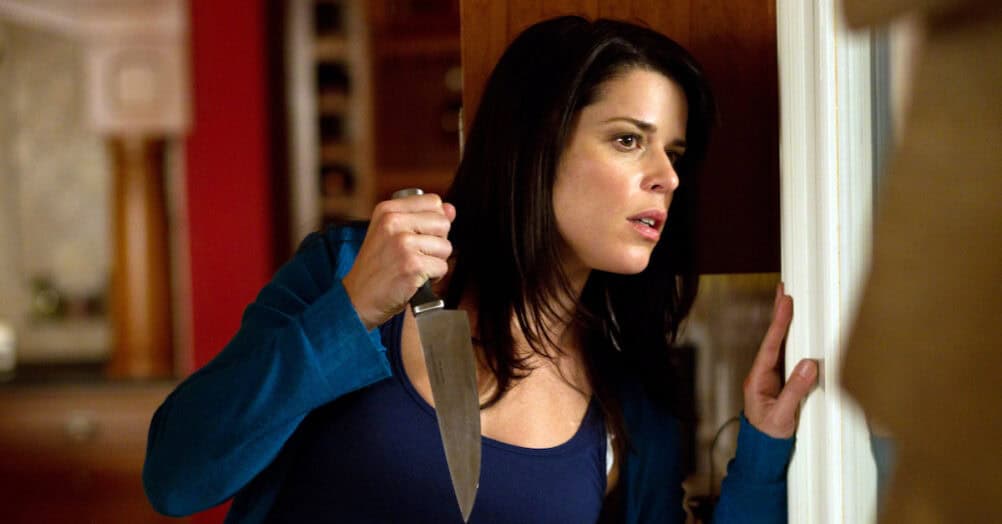


Follow the JOBLO MOVIE NETWORK
Follow us on YOUTUBE
Follow ARROW IN THE HEAD
Follow AITH on YOUTUBE